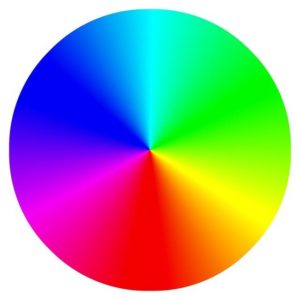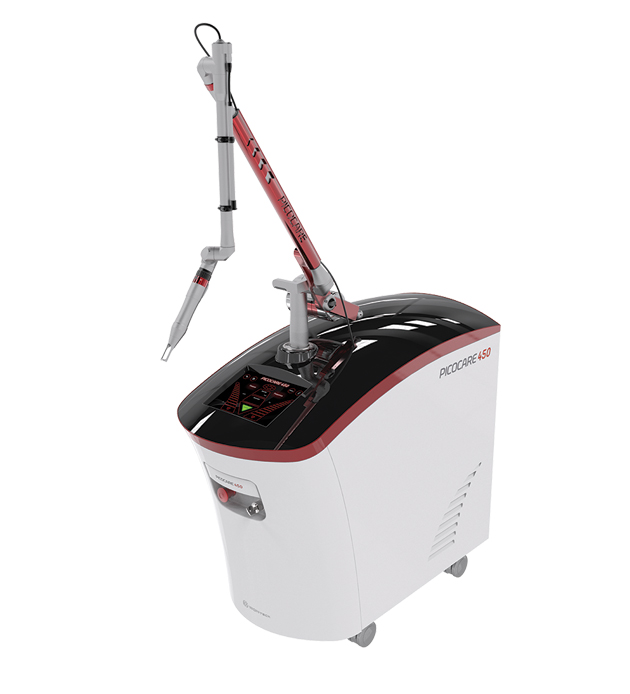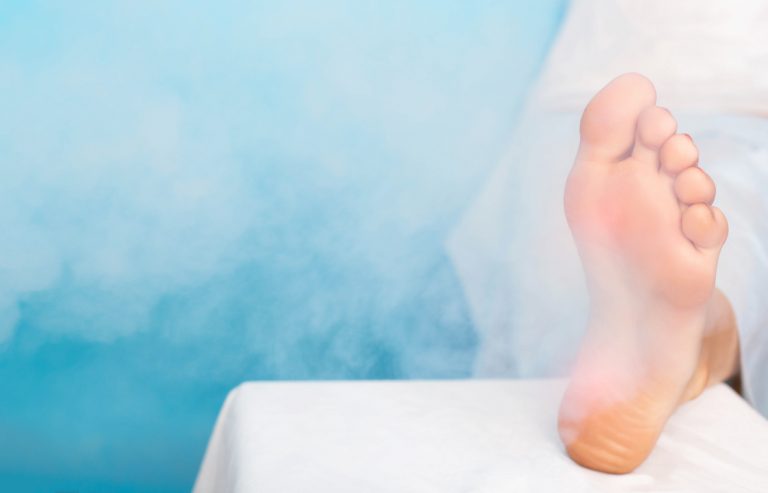Wrinkles are not the only indicators of skin ageing. Pigmentation, which is variation in skin colour, is also a result of the wear and tear over the years, though there are many other reasons for pigmentation appearing on our skin.
The most frequently treated pigmentation conditions are freckles, age or liver spots, melasma and vitiligo. The cause of skin pigmentation varies and the skin pigmentation treatment depends on the nature of the pigmentation. At ENRICH Clinic in Melbourne, we have various options to suit the many differing varieties of skin pigmentation and patient lifestyle requirements.
Facial pigmentation treatment
Face pigmentation treatment may require laser pigmentation removal, an effective treatment for facial skin pigmentation. Facial skin pigmentation may come in the form of freckles, sun spots or other darker patches. Facial skin pigmentation treatments vary depending on your skin type and sensitivity since each skin type has its own variations that make face pigmentation treatments more or less effective.
Facial pigmentation treatments at our Melbourne clinic will be carried out by either our doctors or our nursing team depdning on the type of laser required.
Contact us to arrange a consultation to discuss your pigmentation concerns at our Melbourne clinic.
Skin pigmentation treatments: Diode laser
The Diode is an LED therapy that offers gentle rejuvenation without skin injury, which means no downtime. LED light therapy can be used on its own for skin pigmentation, or with chemical peels. Sometimes we use this after laser treatment to aid in recovery.
The Diode skin pigmentation treatments involve the face being cleaned thoroughly, then with your eyes covered, the light is turned on for a specific therapeutic period.
Skin pigmentation treatments: Piqo Laser
The PIQO laser is used extensively in the clinic as it is versatile and is used in many of our ENRICH treatments, including removing sun spots and blemishes. This laser is one of the most advanced in Australia, using very short (picosecond), high-energy pulses to the various targeted areas of skin. The Piqo laser uses four different wavelengths instead of just one or two and provides settings for most skin types and skin issues.
Skin pigmentation treatments: Other lasers/technology we may use on your pigmentation
Skin pigmentation treatments: Treating vitiligo
Vitiligo treatments aim to even out skin tone to make non-pigmented skin less obvious.
Skin pigmentation treatments: Treating melasma
Melasma can be difficult to treat, requiring dermatological care over a long period of time. Treatments sometimes worsen the pigmentation, so utmost care must be taken when treating melasma. We use multiple strategies to treat melasma.
Skin pigmentation treatments: Treating lentigines, brown splotches and freckles
Lentigines may be flat or slightly raised spots on the skin that looks pretty much like a freckle or sunspot. They don’t fade during winter.
Lentigines are different to freckles in a fundamental way – a freckle has an increase in melanin, whereas a lentigines has an increase in the number of melanin-producing cells, melanocytes.
Fair-skinned adults are more likely to have sun-induced lentigo, though some lentigo can be present at birth. Anyone sun baking, or getting sunburnt is a likely candidate for the development of lentigos. Sun stimulates the development of melanocytes, as well as the secretion of melanin into the skin from melanocytes. There are a few different forms of lentigines, so speak to your dermatologist about yours.
We treat lentigines, sun spots and freckles much the same way:
- Prevent more with sunscreen and sun protection
- Bleaching creams
- Retinoids
- Chemical peels
- Vitamin C
- Cryotherapy (burning/freezing lesions off)
- IPL treatments
- Laser
Skin pigmentation treatments: Treating birthmarks
There are several types of birthmark, with some being pigmentation and others being vascular in nature. This means our treatment strategies will vary considerably depending on the nature of the birthmark.
Skin pigmentation treatments: Treating café au lait spots
Café au lait spots are areas of more intense skin pigmentation – a light or dark brown, similar to coffee with milk, which is what café au lait means in French. Café au lait spots tend to appear with a genetic disorder (neurofibromatosis, NF1), and can appear in babies or children. Ninety-five per cent of café au lait spots are caused by NF1, but there are some other reasons for these spots to appear.
Café au lait spots that are actually lentigines
A lentigines is a small brown spot on the skin, similar (so they thought when they named it) to lentils. Lentigines are not associated with any other skin condition. A café au lait spot may actually be a lentigines.
Hemangiomas
A hemangioma is where tiny blood vessels collect together and come up above the skin. These marks can disappear on their own as the child grows.
Macular stains
A light, red, flat birthmark is a type of vascular birthmark caused by developing blood vessels. Some appear on the forehead and eyelids (and disappear in childhood), while ‘stork bites’ appear on the back of the neck and may continue to be visible well into adulthood.
Port-wine stain
A port-wine stain is actually vascular in nature, a flat, coloured mark (red, pink, purple) on the head, abdomen or limbs. Port-wine stains can appear almost anywhere, however, and can be treated everywhere, though complete success is not always possible. Laser treatment is our preferred removal method, since we can destroy the blood vessel tangles and spare unstained skin.
We use a range of treatments to treat birthmarks.
Skin pigmentation treatments: Hiding blemishes using colour
Sometimes we can’t solve skin problems right away and you may want to invest in some disguising methods. Sometimes scarring will be with us for life, and while we can reduce its appearance, it can’t always be made to disappear.
You can use colour correction, theatrical make-up, or second skins to cover up your pigmentation issues.
Classic combos for colour correction of certain skin conditions include:
Colour correction
Every colour has its opposite colour on the colour wheel, which cancels it out to the human eye. The same principle applies to the paintbrush as the face using make-up, so if you have any skills or interest in this department, you are well set-up to do colour corrections on yourself.
Skin comes in so many hues. You may have an orange, pink, red, or deep versions of any of those.
- Pityriasis rosea, tinea, seborrheic dermatitis – often orangey-red
- Rosacea, acne scarring, acne – red
- Veins – blue
- Dark circles under eyes, lichen planus, bruises – purple
- Bruising – yellow
- Cellulitis, Sweet’s syndrome, rosacea, psoriasis, acne scarring – deep red
- Vasculitis, lichen planus, under-eye bags, veins – purple-red
- Pigmentation, some acne scarring, sarcoid – brownish-red
- Lentigines, melasma, seborrheic keratosis, pigmentation, moles, café au lait spots – brown

The solutions
- Hiding red – green-based or yellow base
- Hiding blue – peach, salmon or orange base
- Hiding purple – yellow or reddish base
- Hiding yellow – purple or lavender base
- Hiding brown – Brown
Darker pigments will allow more grey under the concealer, so the lighter the pigment, the easier to correct. Your skin tone will make the difference in which colour you choose. Whatever the colour, find it on the colour wheel and you can figure out which colour will correct it.
Contact us to arrange a consultation.
*Results may vary from person to person





